Still Water Community Plants
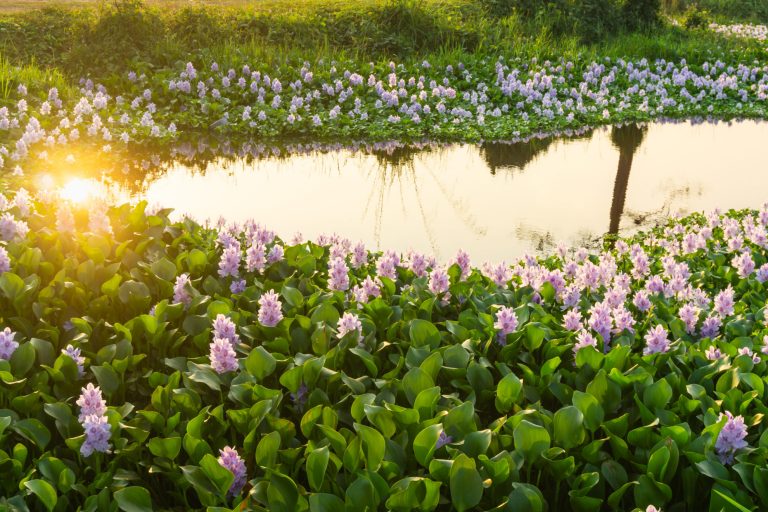
Water hyacinth blooming in the lake
Table of Contents
Freshwater Plants & Water
As mentioned in the previous tutorial about still water plants, the method of transpiration as a whole is altered in freshwater plants, due to the abundance of water in their external environment, or in the case of some, uptake of water from a wet environment, but the loss of water via their leaves in the open-air environment.
An example of transpiration problems for such plants is as follows:
- The plant lives in a marshy environment, where roots take up water from the soaked ground, allowing plenty of water to be taken up and transported up and across the plant.
- The difference in water concentration between the plants’ leaves and the open-air environment is so great that much of the water absorbed is lost to the external environment, meaning the plant loses water rapidly
- Such a problem is solved by evolutionary adaptations that essentially address the issue of re-balancing the critical deviations between the water that is absorbed and lost in a plant.
Freshwater Plants & Nutrients
On top of the need for plants to maintain a suitable water concentration in plant cells, they also require various nutrients that are found in the nutrient-rich soil and the surrounding waters. In addition to the carbon, hydrogen, and oxygen required for photosynthesis, plants require a range of macro-elements, notably magnesium (Mg), nitrogen (N), phosphorus (P), and potassium (K). Some of these elements, notably the gases, are readily available in the atmosphere, while carbon dioxide is produced from decomposing organic matter. Other elements are readily available in the soil, with nutrients becoming available from a decomposing matter adding to the fertility of the surrounding soil. Oxygen becomes available from the photosynthetic activities of plants, which provide the link between oxygen and carbon dioxide concentrations in the area.
The availability of such elements will affect the productivity of the plants in the freshwater ecosystem and the combined productivity of the ecosystem as a whole. Evidently, the environmental factors of the freshwater ecosystem have a great bearing on how plants survive in the community. The following tutorial introduces flowing water communities, which bring new and dithering factors into the equation for possible species occupying the area.
You will also like...

Psychiatry & Mental Disorders
Different mental disorders are described here. Read this tutorial to get an overview of schizophrenia, affective mood di..
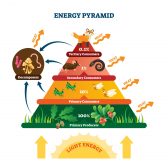
Freshwater Community Energy Relationships – Producers & Consumers
This tutorial looks at the relationship between organisms. It also explores how energy is passed on in the food chain an..
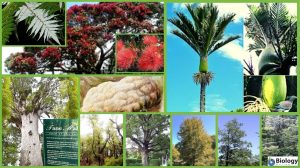
New Zealand’s Unique Flora
If New Zealand has lots of unique animals, it's also got a whole lot of unique plants. Find out more about some of them,..
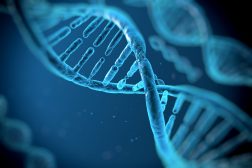
Genetic Control – On and Off Genes
Genes are the blueprint of our bodies, a blueprint that creates a variety of proteins essential to any organism's surviv..
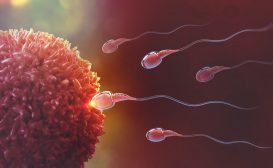
Human Reproduction and Fertilization
For human species to obviate extinction, reproductive mature adults should be producing viable offspring in order to con..

Control of Body Movement
Some of the body movements can be controlled at will, others cannot. The body has a motor program, which is the pattern ..
